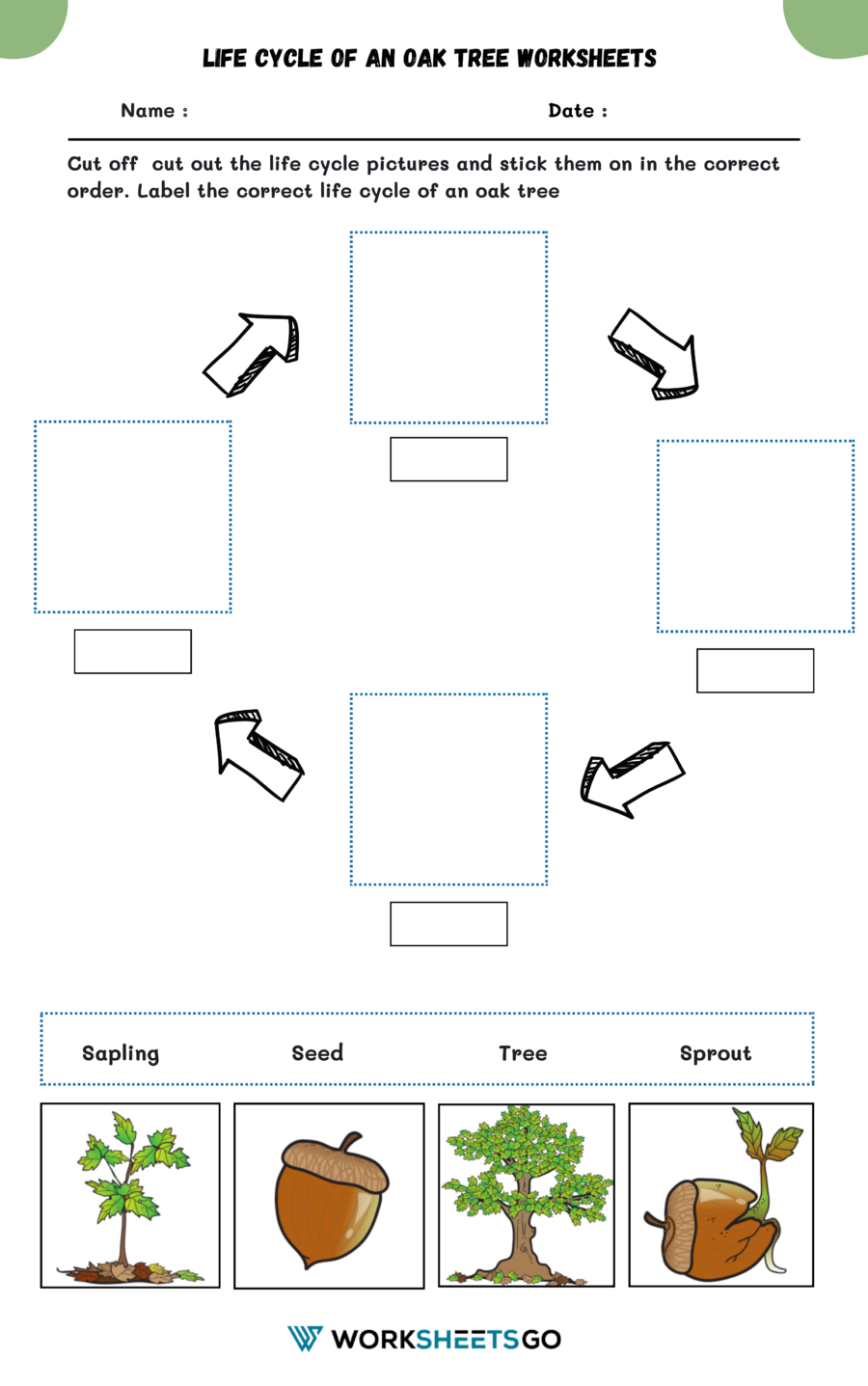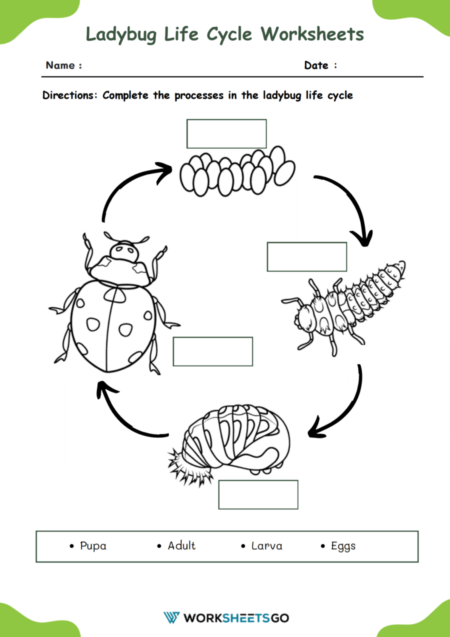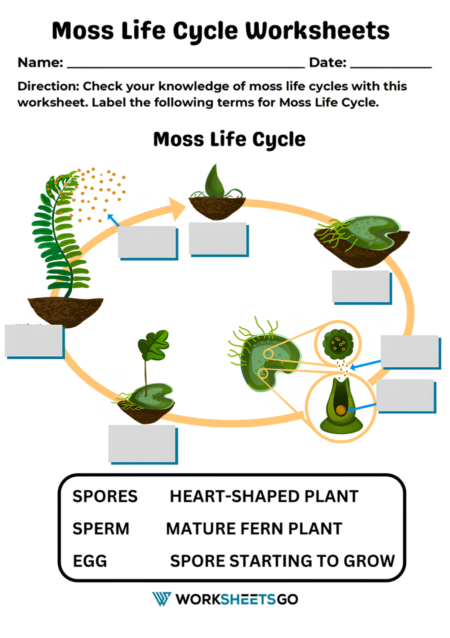The mighty oak tree starts its life as a humble acorn and grows into a symbol of strength and endurance. Our “Life Cycle Of An Oak Tree Worksheets” are designed to guide young learners through each stage of this fascinating process.
Discovering the Oak Tree’s Journey
The life cycle of an oak tree is a beautiful example of nature’s cycles. Here are the stages that our worksheets will cover:
- Seed: The journey begins with the acorn, the seed of the oak tree.
- Sprout: From the acorn emerges the sprout, the first sign of life.
- Sapling: The sprout grows into a sapling, a young tree.
- Tree: Over many years, the sapling matures into a full-grown oak tree.
Worksheet Features
Our worksheets offer a variety of activities that will help students visualize and understand the growth of an oak tree:
- Cut and Paste Activity: Students can cut out pictures and place them in the correct order to represent the life cycle.
- Labeling Exercise: Children will label each stage of the oak tree’s development.
- Matching Game: Match the correct term with its picture.
- Drawing Section: Encourage kids to draw their own oak trees at different life stages.

Answer Key

How to Use These Worksheets in the Classroom
- Start with a Story: Introduce the topic with a story or video about oak trees.
- Interactive Learning: Hand out the worksheets and let students cut, paste, and label the stages of an oak tree’s life cycle.
- Group Discussion: After completing the worksheets, discuss the different stages and what happens at each one.
- Observational Learning: If possible, take students outside to observe real oak trees and identify their life stages.
- Reflective Writing: Ask students to write a short essay or journal entry about what they learned.
Conclusion
These worksheets are designed to spark curiosity and impart knowledge about the natural world through the example of the oak tree. By actively engaging with the worksheets, students will not only learn about botany and ecology but also gain an appreciation for the growth processes that shape our natural environment.







